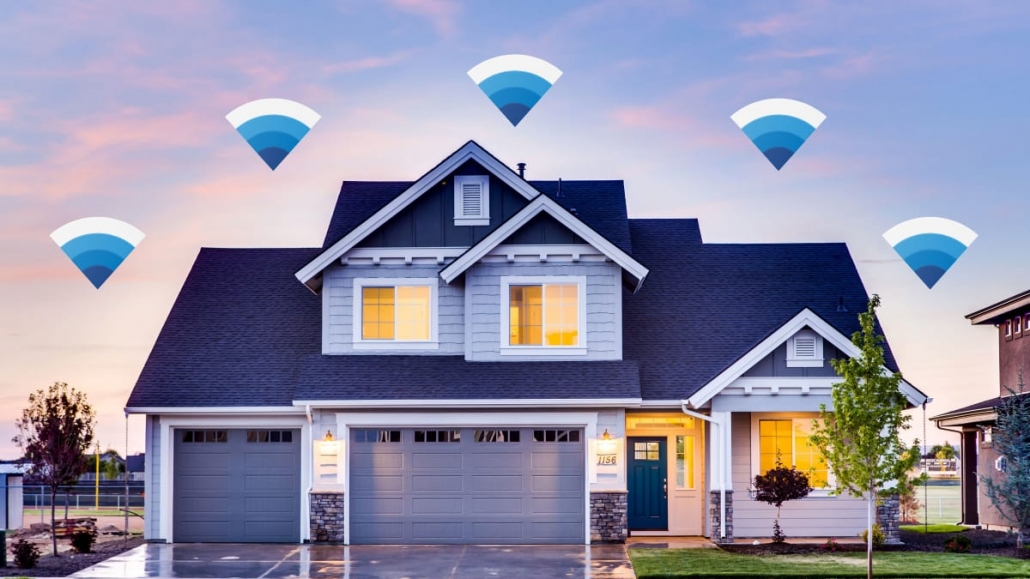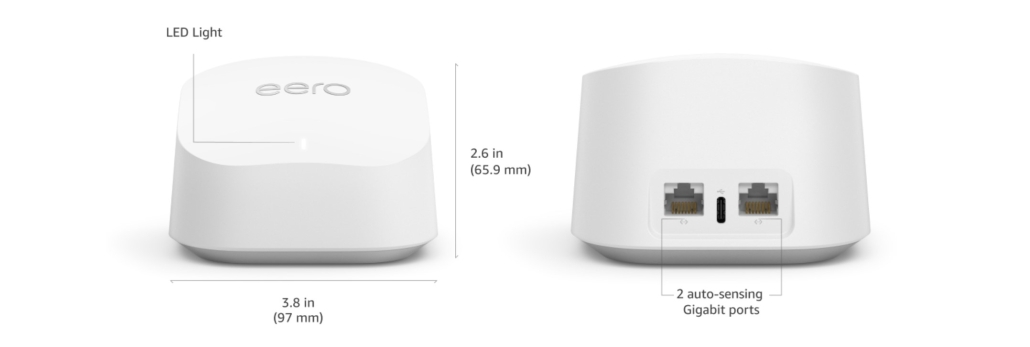Setting Up Your Home Network for Optimal Performance
Are you a Westchester, NY, resident looking to build an optimal home network? This article will provide you with the necessary steps to do so.
For optimal connection speeds and coverage throughout a home, it is essential to have a robust network infrastructure. To ensure optimal Internet speed and a strong WiFi signal, it is necessary to consider relevant factors such as the square footage, building materials, and the number of connected devices. Ignoring these elements can lead to weak signal strength.
The ISP Router may hold you back
The often overlooked ISP router may be the culprit when a slow Internet connection is present. A practical solution to improve network performance may be installing a home mesh WiFi system.
It is important to understand that while your Internet Service Provider determines your Internet speed, your router significantly influences a reliable connection and optimal coverage. Therefore, multiple factors contribute to the effectiveness of your home network, and the best way to help you optimize it is to show you how to construct the best home network.
Connection Types
We recommend exploring both wired and wireless connections when determining an appropriate connection type.
While WiFi can be a great convenience, it is important to consider that wired connections may provide greater bandwidth, faster speeds, and lower latency than a wireless connection. Therefore, we recommend using a combination of wired and wireless connections.
So, the question is not whether to use wired or wireless but which connections should be wired.
When to go with a wired connection?
When determining when to use a wired connection, it is best to remember that if a device has an Ethernet port, utilizing it is recommended to free up bandwidth for other devices.
Wired connections are ideal for various devices, including cable and satellite boxes, security cameras, Apple TVs, Smart TVs, gaming PCs, gaming consoles, and other devices used for high-bandwidth applications, such as streaming.
For optimal connection speeds and minimal latency, wired connections are highly recommended. Three components are essential for success: the capability of the router, the device receiving the data, and the quality of the Ethernet cable to maximize the speed of a wired home network.

WiFi is excellent but can be challenging.
A wireless connection is an obvious choice for mobile devices, as no one connects their smartphones to the Ethernet. However, a wireless connection is more susceptible to interference than a wired connection; it is essential to consider certain factors to ensure the best home network is attained.
Many elements can affect the reliability of a wireless connection, ranging from the design and construction of the home to objects that may obstruct the signal, electrical devices that produce interference, and neighboring wireless networks.
Wireless Channel Selection
Today, many routers offer dual-band capabilities, allowing them to transmit both 2.4GHz and 5GHz frequencies. This is becoming increasingly common, and you may have noticed this selection when connecting to a WiFi network.
Many models will automatically choose your channel when setting up your wireless router. This could result in slower WiFi speeds and interference depending on the wireless environment. When initially configuring your wireless router, many models automatically select a channel for you.
Depending on the wireless environment, this may result in slower WiFi speeds and interference.
Home networks often use routers that operate at a default frequency of 2.4 GHz on channel 6. However, when other wireless networks in the area are running on this channel, it can cause radio interference, resulting in slower speeds for all users. Therefore, identify and use an unused WiFi channel for optimal WiFi performance. If you use the 2.4 GHz band, channels 1, 6, and 11 are typically the most beneficial selections, as they do not interfere with one another.
Which one is better? 2.4 GHz vs. 5 GHz
The primary difference between the two frequency spectrum lies in the coverage area and data transmission rate they offer for connected devices. The 2.4 GHz band provides a broader reach at a lower speed, while the 5 GHz band boasts faster speeds but has a more limited range. This is because the range is reduced in the 5 GHz band as higher frequencies cannot penetrate solid objects such as walls and floors.
Enhance Your Wireless Network With eero Mesh Technology
The Amazon eero 6+ mesh WiFi system is the perfect solution for reliable, fast, and secure internet coverage in your home. With a 3-pack system range of 4,500 sq. ft., you can easily connect up to 75+ devices to the internet. This 2022 release also provides gigabit speeds to stream and game without worrying about lags or slow loading times. In addition, the system is easy to set up and use, allowing you to enjoy robust and reliable WiFi without any lengthy installation processes. With the Amazon eero 6+ mesh WiFi system, you can ensure the best possible internet experience, no matter where you are in your home.

Wireless installer in Westchester, NY
It is essential to invest in hardware that can take advantage of the fast connection already provided by your internet provider and ensure that the hardware is installed and configured correctly by a qualified team.
Our experienced system designers and installers are dedicated to assisting you in creating the perfect wireless home network. We are pleased to provide a complimentary assessment of your current wireless capabilities. Allow us to help you maximize the value of your home network.
For top-notch home network installation services in Westchester, NY, please get in touch with us at (914) 315-4280 or click the button below to fill out a contact form. We look forward to assisting you with your needs.



Leave a Reply
Want to join the discussion?Feel free to contribute!